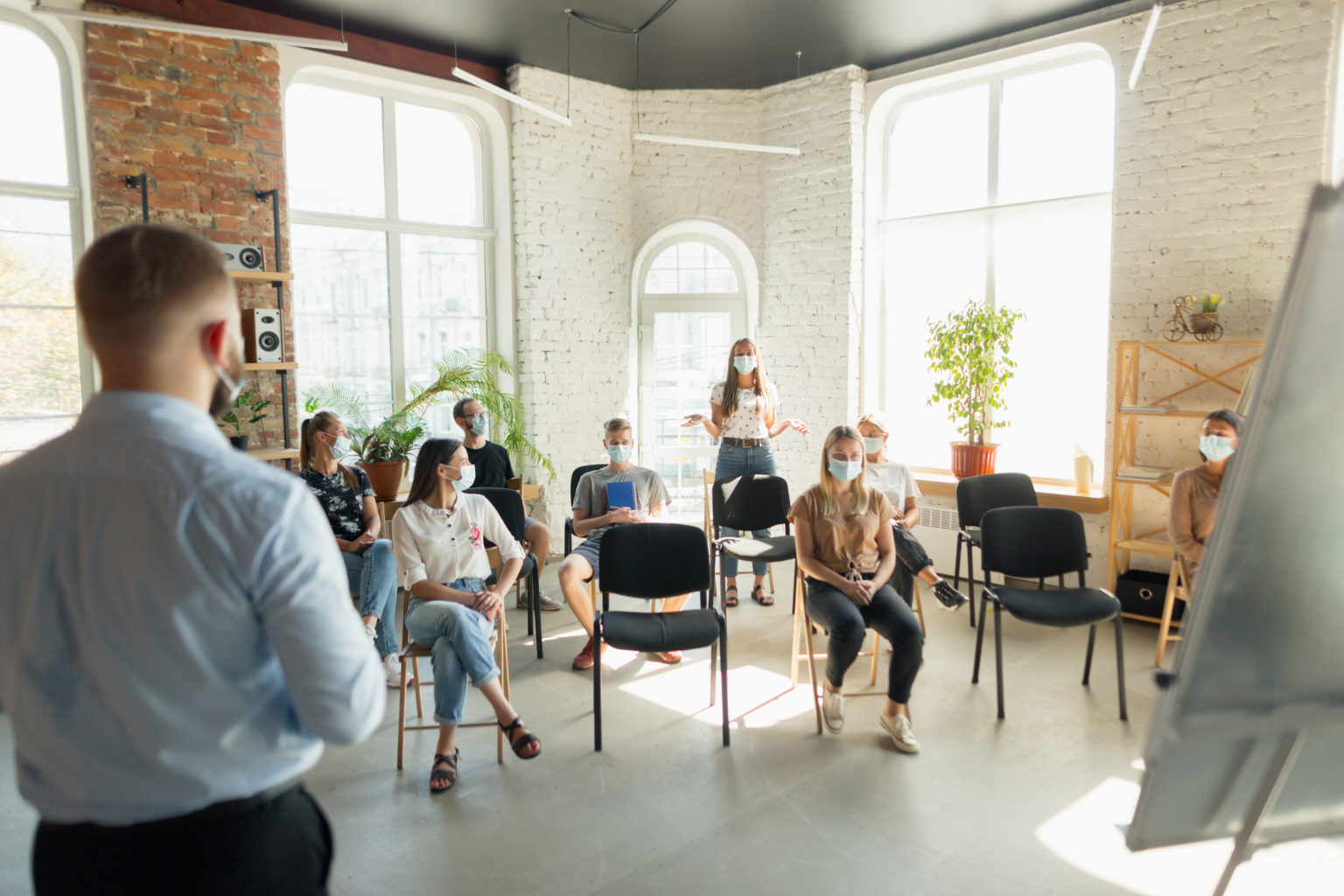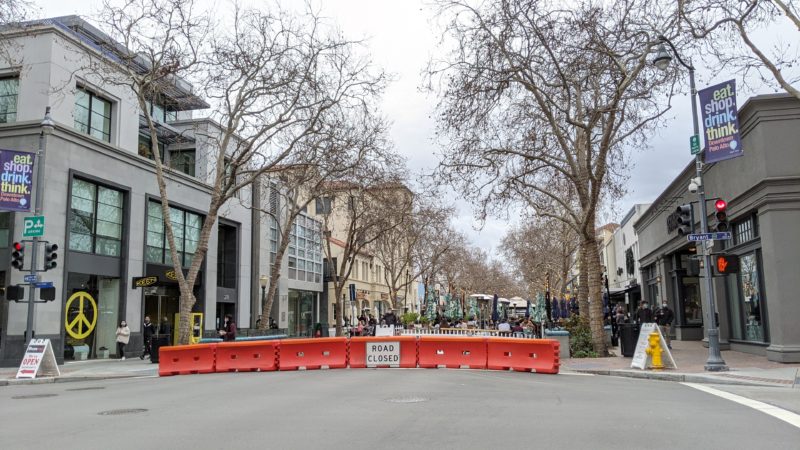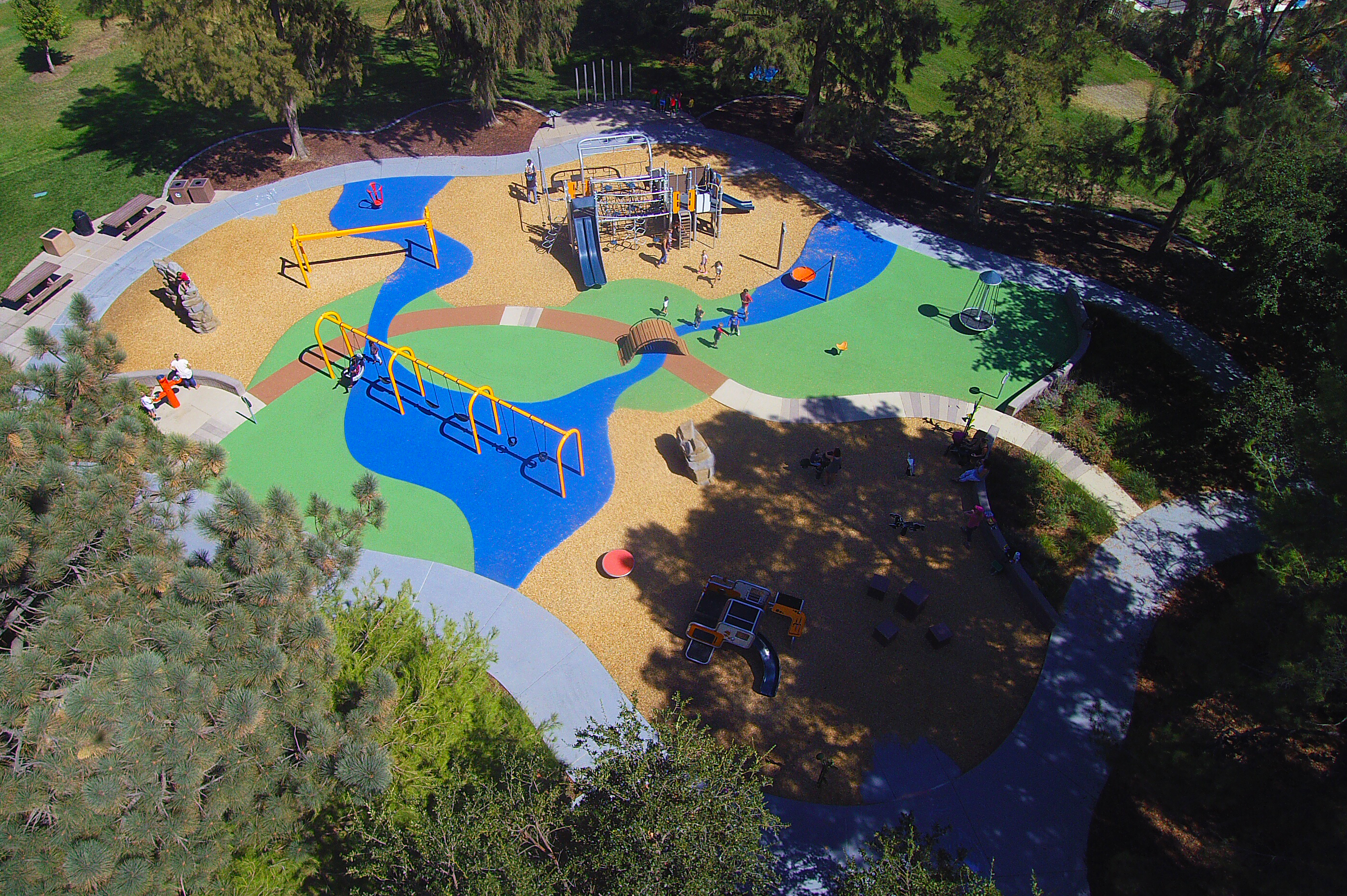Parks and the Pandemic: The Need for More Equity
Written by Ting Li, LEED, Landscape Designer
The pandemic has invigorated interest in public parks and open spaces. Parks have long been known to improve health and wellness, but they have now turned into a necessary haven for so many during these difficult times. Access to nature, fresh air, and daylight, combined with social distancing and masks, have not only helped us cope and live in these uncertain times, but have also helped relieve many of the stresses we are facing. Parks are no longer simply viewed as transitional spaces with amenities; they are now considered essential and incredibly important in maintaining our health and well-being. This has made the need for an equitable distribution of parks and open spaces more critical than ever before.
Equitable Input

A key element to equitable distribution is equitable input. With a greater awareness and appreciation of the importance of public parks and access to the outdoors, there has been an accelerated movement from planners and landscape architects to keep communities involved in the park planning process, in light of the pandemic. Traditionally, gathering community input was done through in-person public meetings and design charrettes. These methods may have been inherently biased, since attendants who participate may not always represent the entire community. Now, many community meetings have been moved online and held virtually. Not only is this safer in the current climate, but it provides an opportunity to make community input more equitable and to reach residents who may have been unable to participate before. While this is not an all-inclusive solution, it is a critical step to making decisions that include feedback from a wider and more diverse group of participants.
Evolving & Adapting Spaces

A street in downtown Palo Alto, CA that has been blocked to vehicular traffic and is being utilized for outdoor dining and parklets.
Cities are also doing their part in the equitable and flexible use of space. There is an increasing desire from cities to diversify and expand the open environment and make these spaces adaptable and versatile. When many restaurants faced limited outdoor capacity for dining, cities stepped in and pivoted space usage. In some cases, what used to be streets and parking spaces are now outdoor dining areas and pedestrian walkways – encouraging healthy living and socially distancing. In addition, cities have become more open-minded about broadening the uses of parks. These spaces are now taking on new and exciting roles hosting a hub of activities including socially-distanced yoga, outdoor workouts, and outdoor learning. Some cities, like New York, are even taking advantage of decreased vehicular traffic and empty streets by adding more bicycle lanes.
The Distribution of Outdoor Space
As much as we wish it was, it is important to remember that access to outdoor public space is not equitably distributed to all. In the United States, 100 million residents do not have a park within a 10-minute walk of their home 1. To further highlight the disparity these communities face without adequate access to parks, residents are more likely to suffer health issues, such as asthma and obesity, have higher unemployment rates, and lack healthy food options 1. The lack of local green space, combined with these inequities, can be detrimental and have lasting effects. An unfortunate example is Oakland, California, where a resident from a struggling neighborhood may live 12 years less than a resident living in an affluent neighborhood located just 2 miles away 1.
Everyone should have access to open space within walking distance from their home, as well as equitable access to provide feedback on parks and recreation spaces in their community. Along with the many responsibilities of the landscape architecture field, it is the designer’s role to help make equitable change for the communities in which they are supporting. With collaborative effort from cities and communities, parks can become more walkable, inclusive, and accessible to neighborhoods that still lack quality open space. While the pandemic has brought many challenges, it has shown light to the critical issues that have often been overlooked or forgotten. In the midst of the pandemic, many landscape architecture professionals will continue to do our part to make spaces more equitable in a constantly evolving world, one park at a time.

Pleasure Island Playground in Livermore, CA
. . .
About the Author
Ting Li, LEED is a Landscape Designer in our Pleasanton, CA office. She has many years of experience in the industry and holds a Master of Landscape Architecture from the University of Georgia. She is passionate about parks and recreation and loves to see the community enjoying the outdoor spaces she helps design.